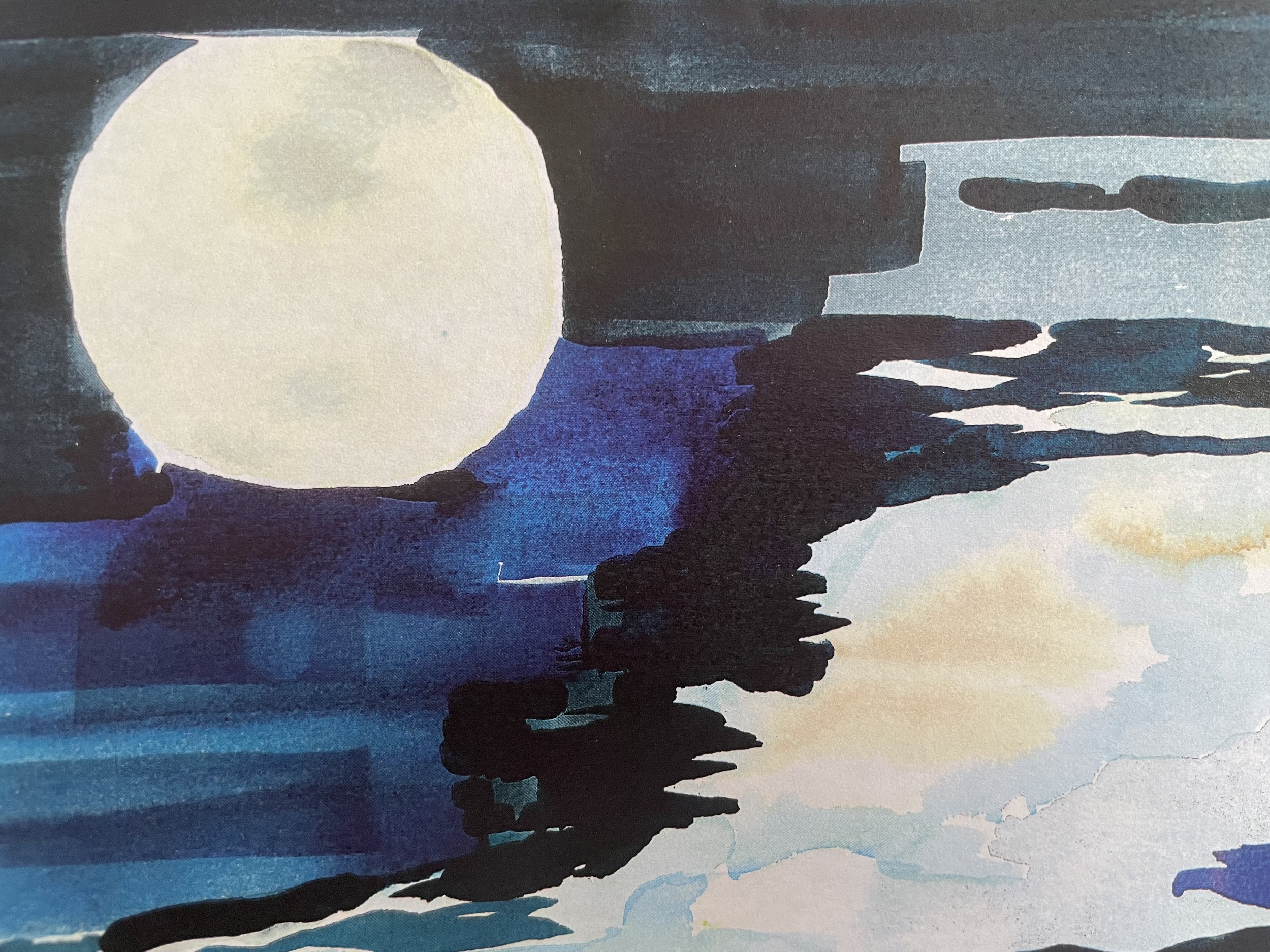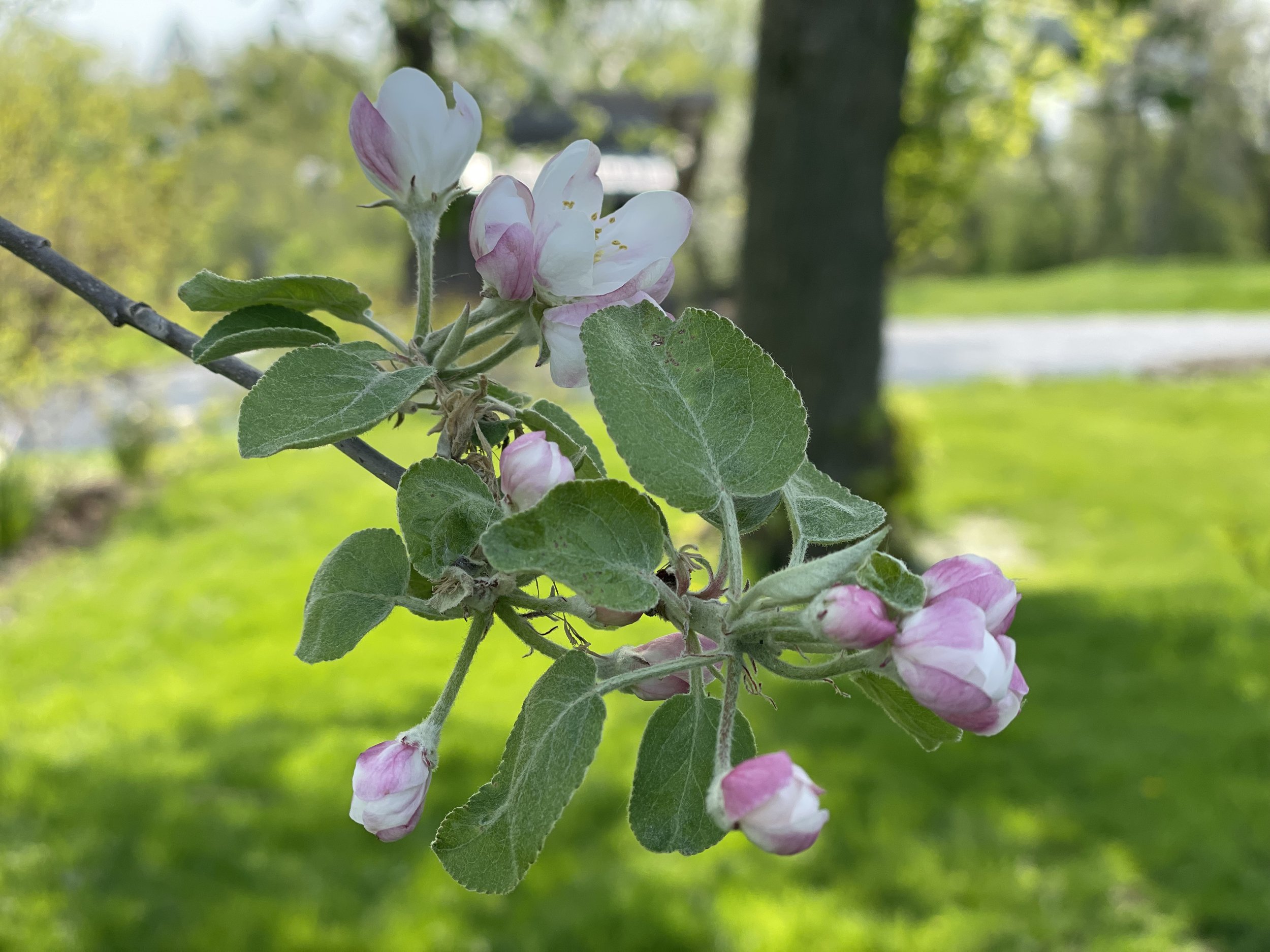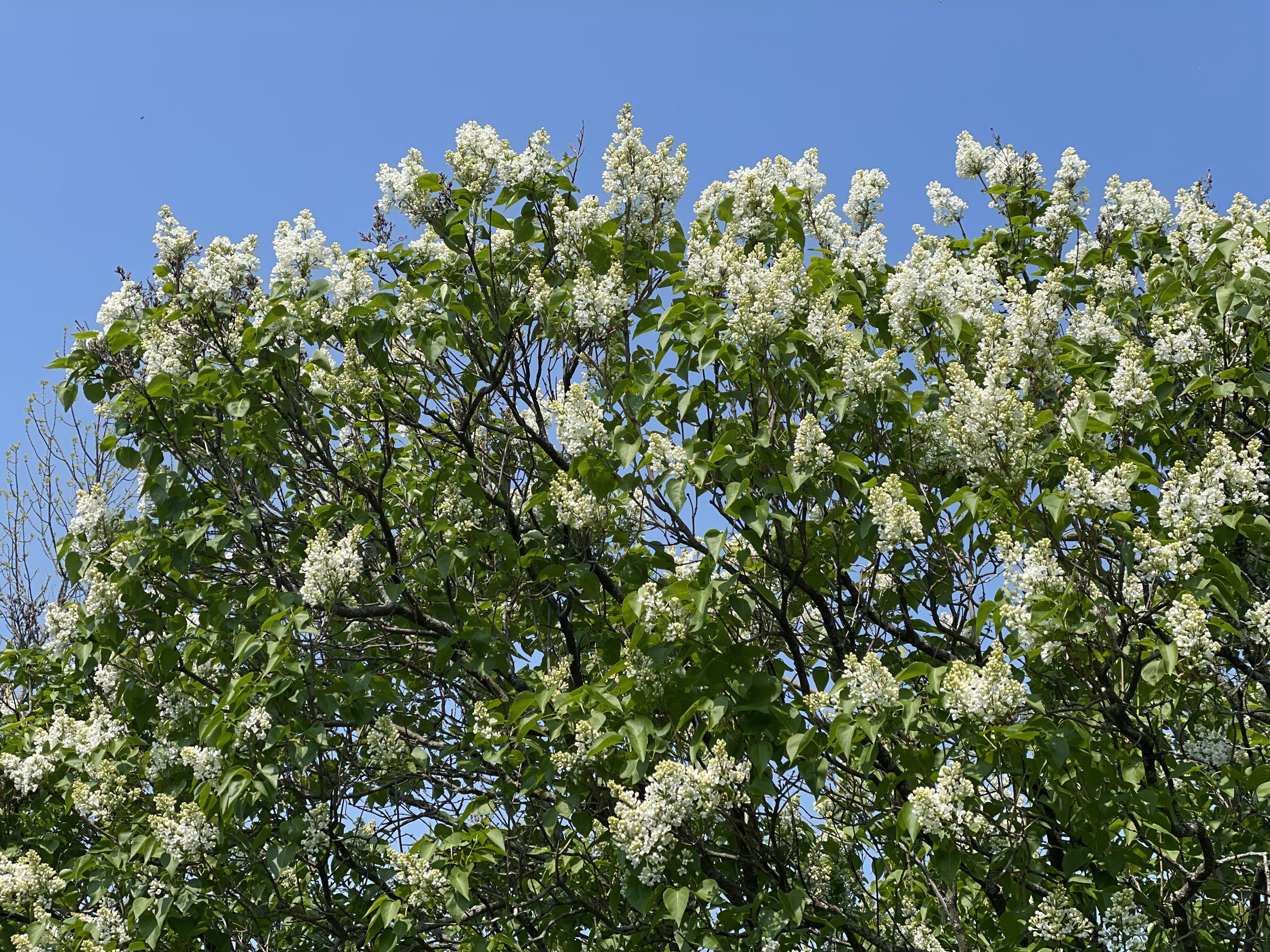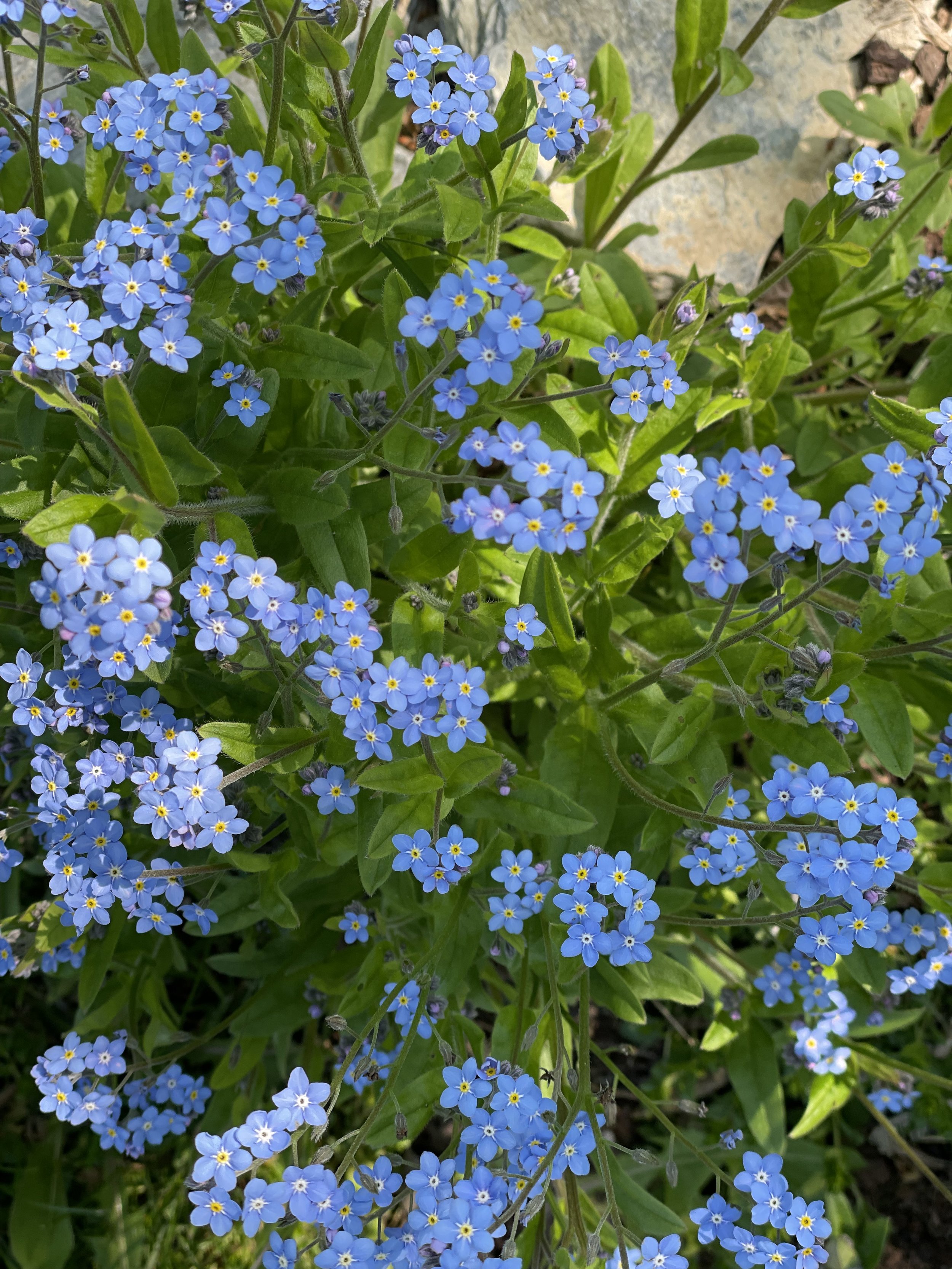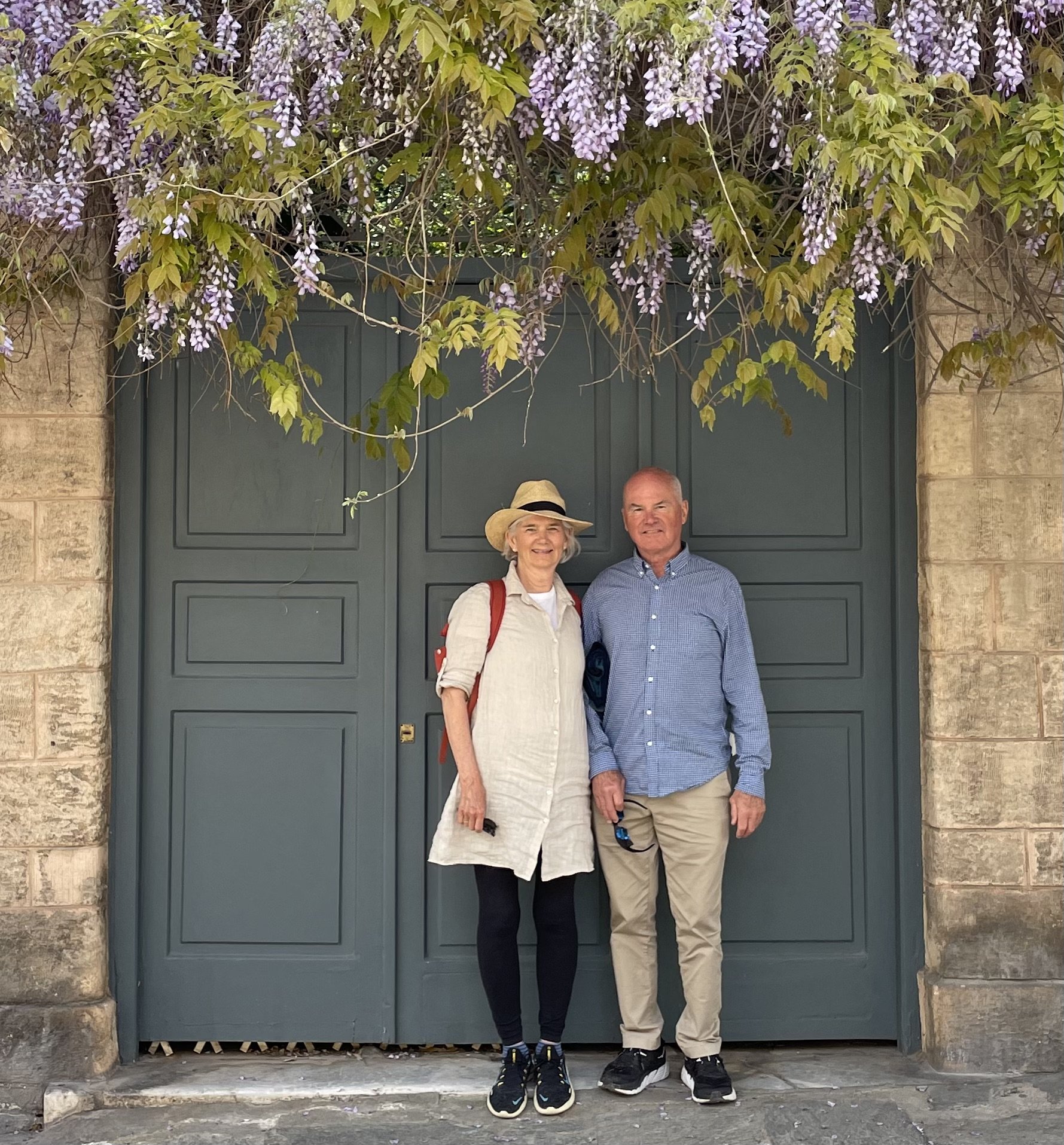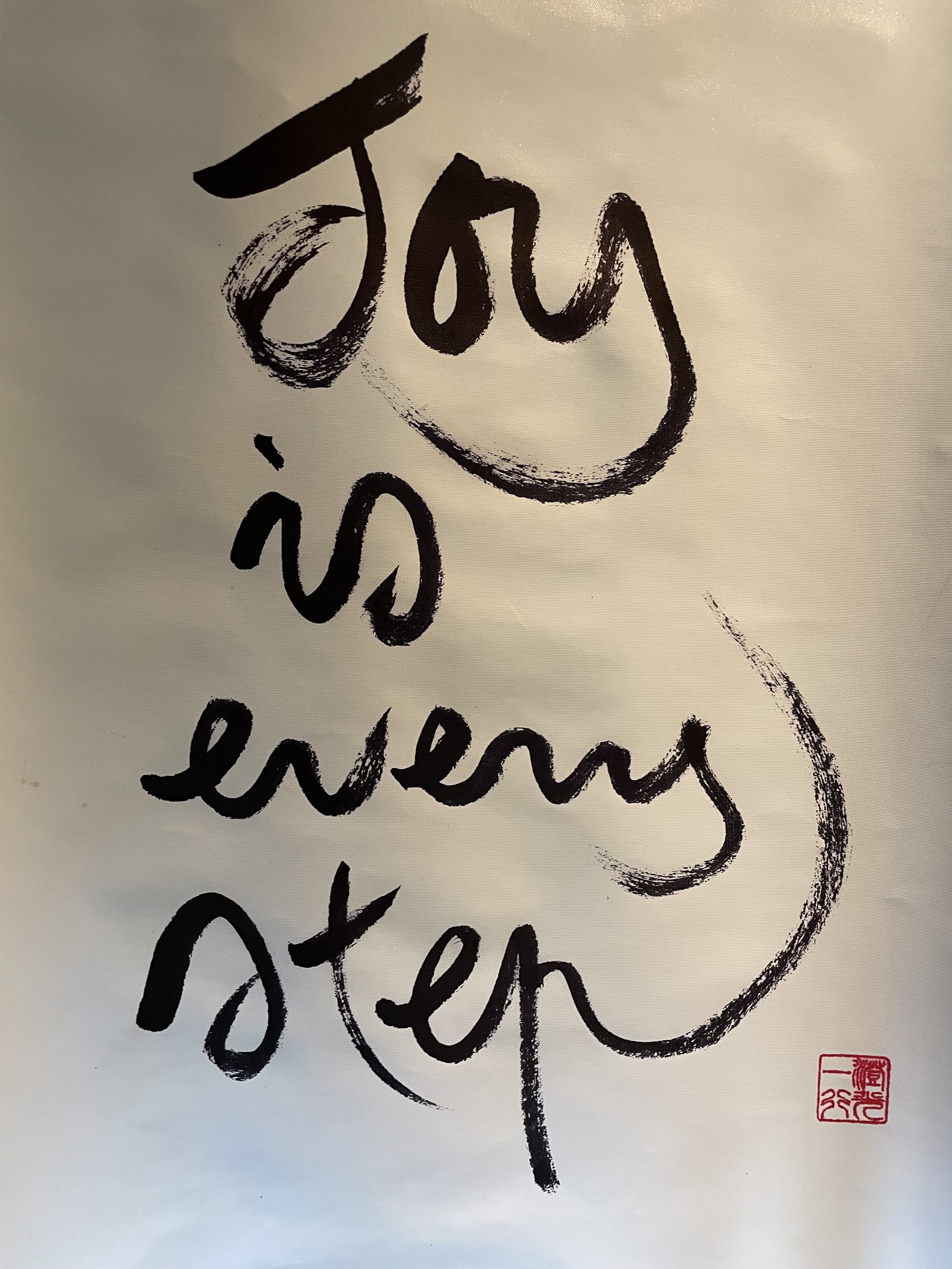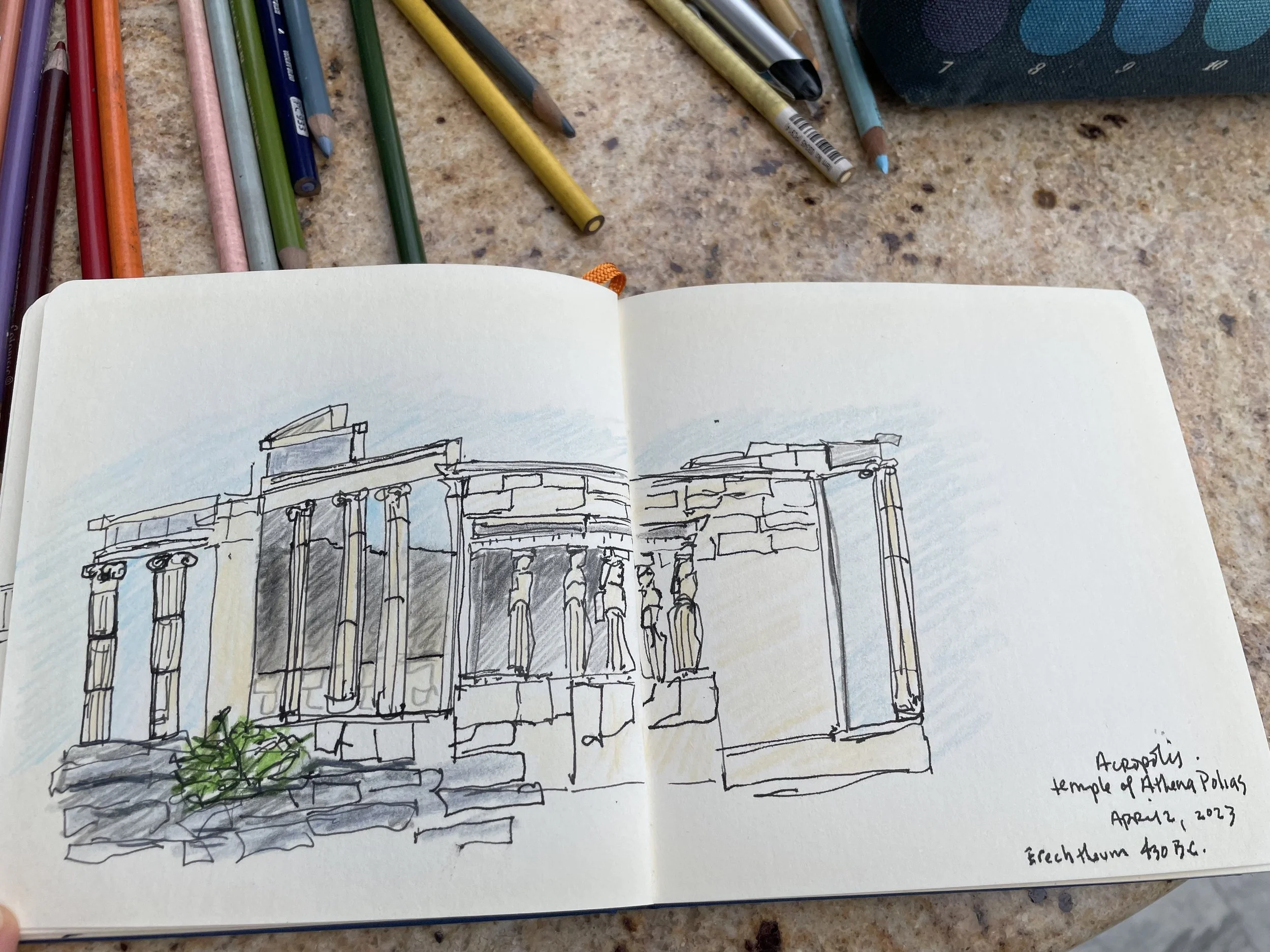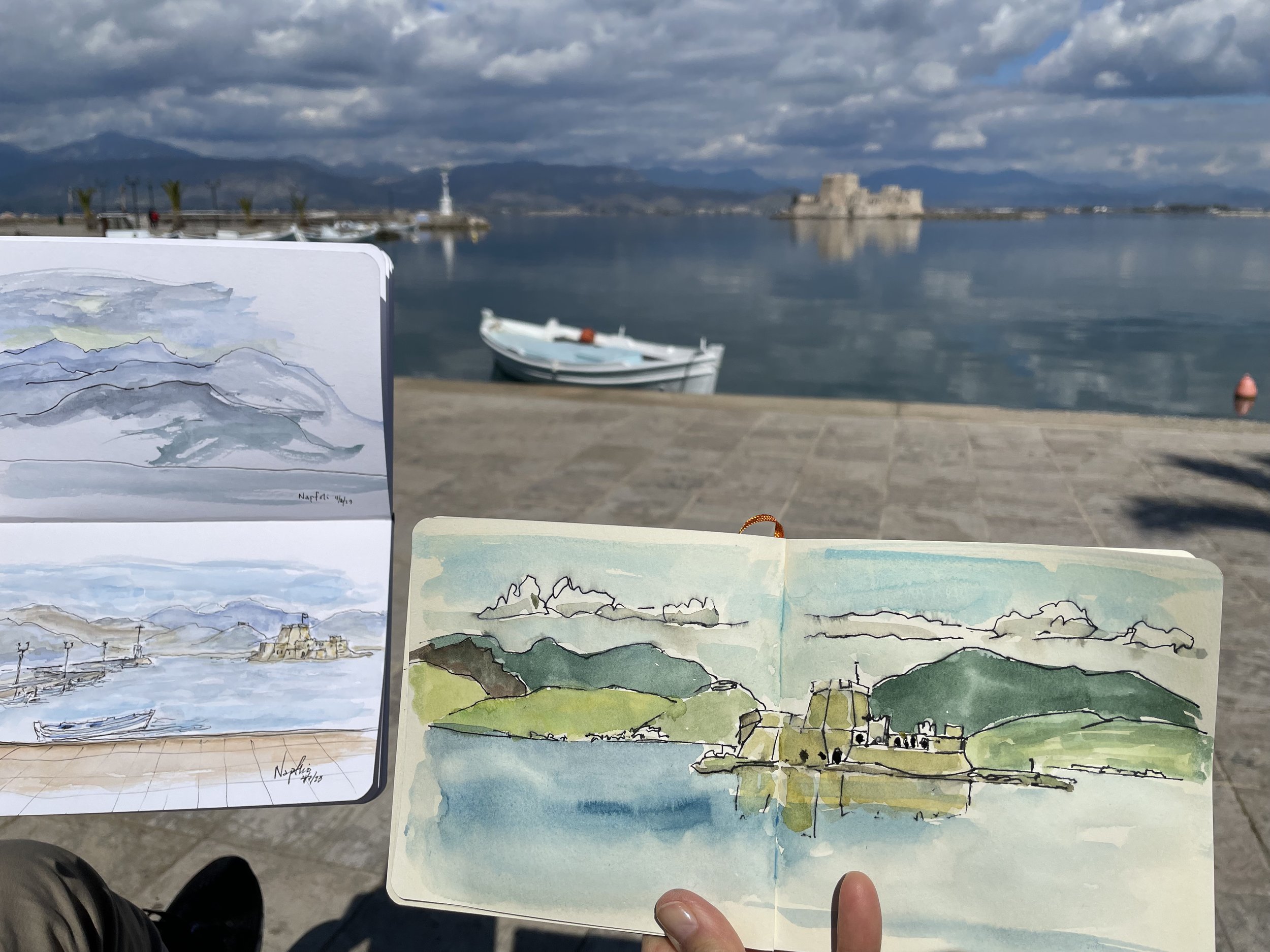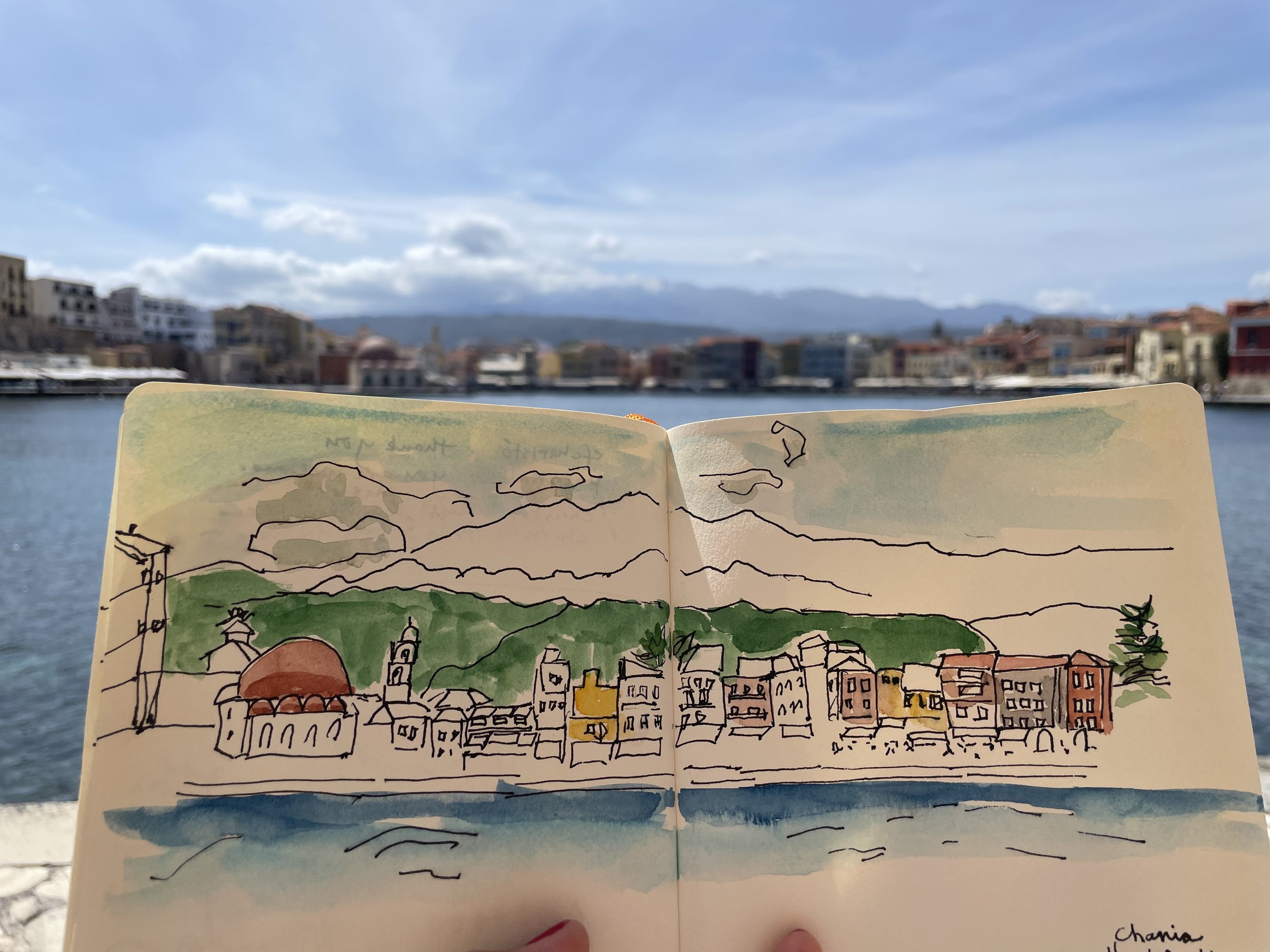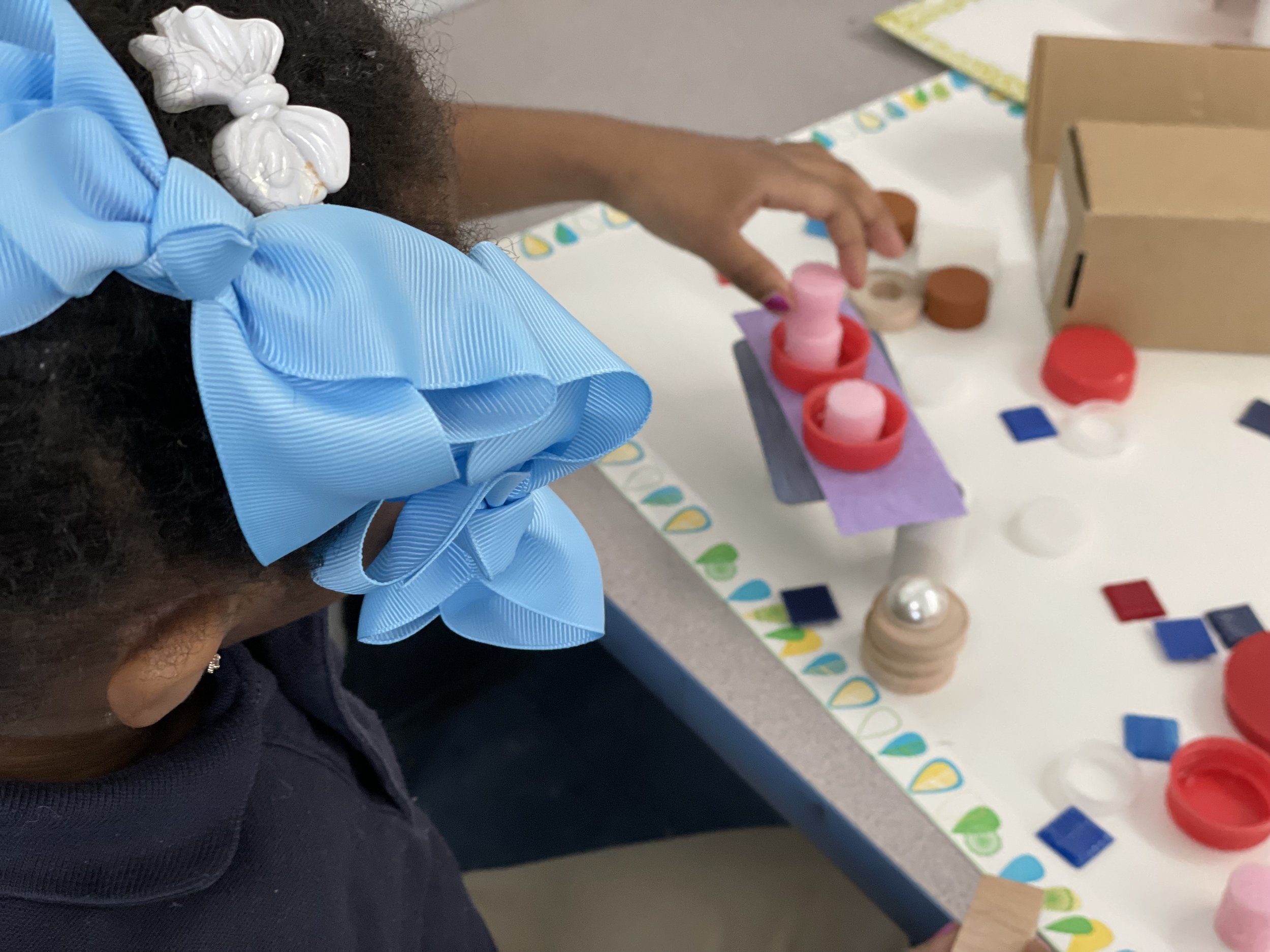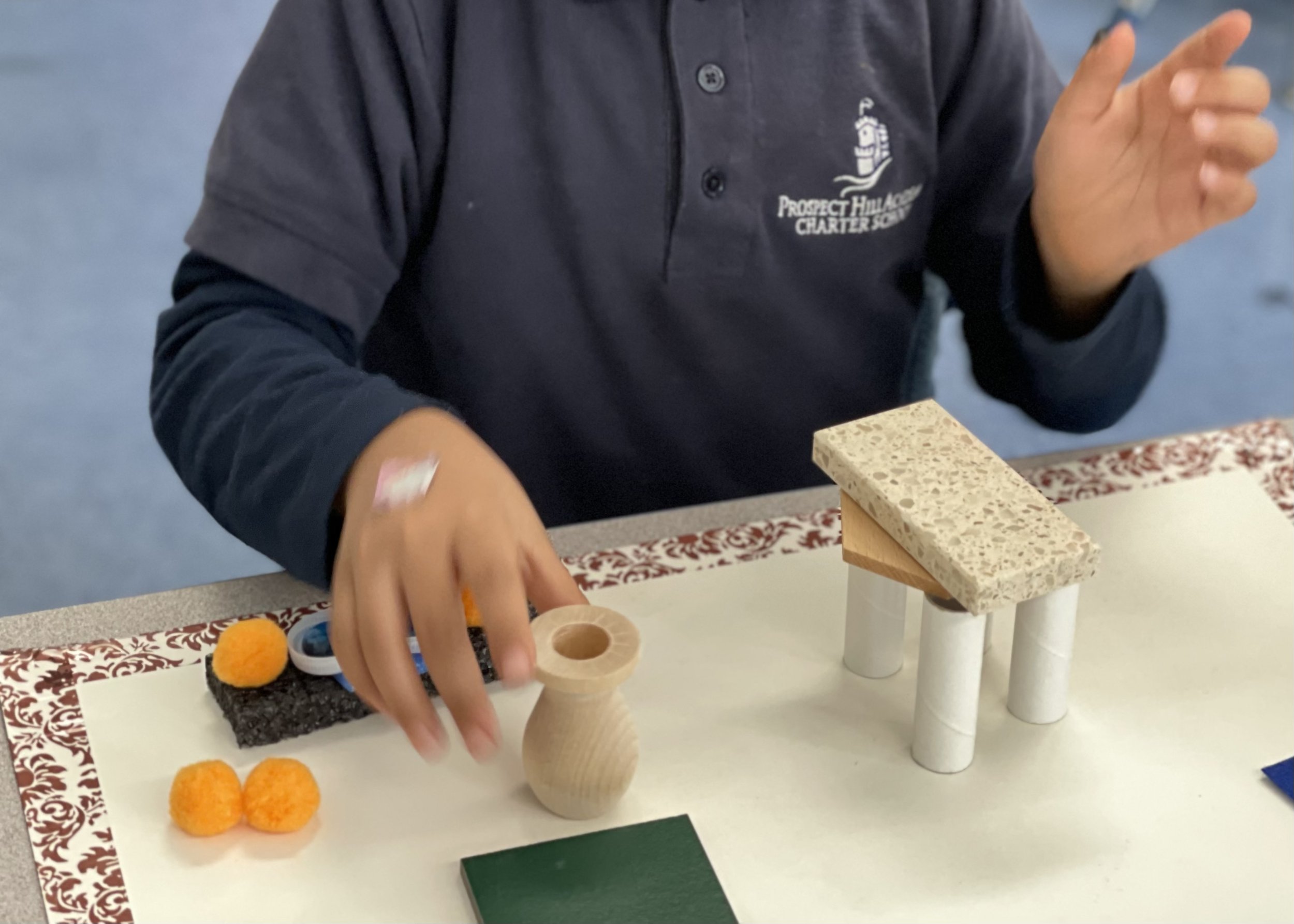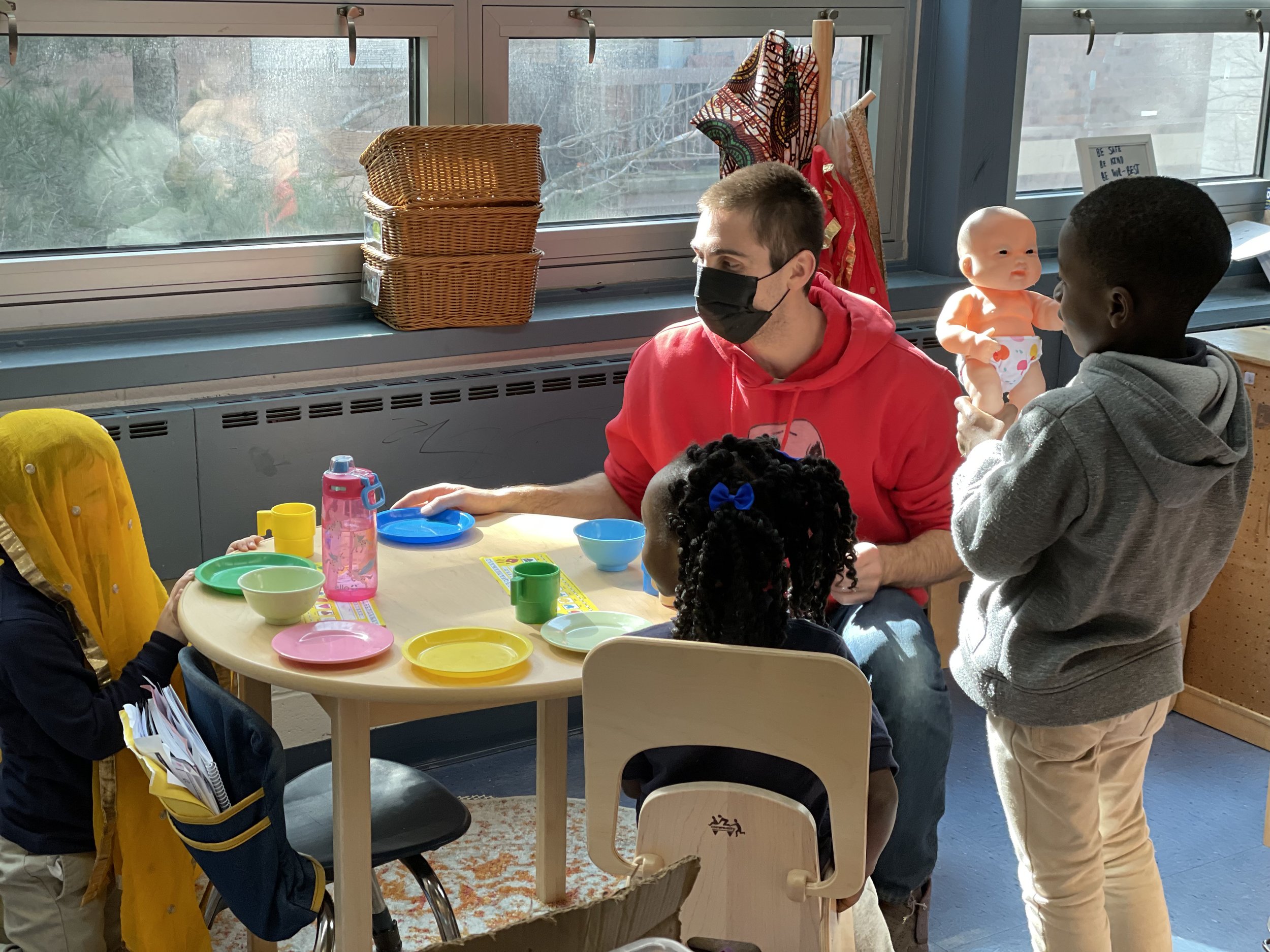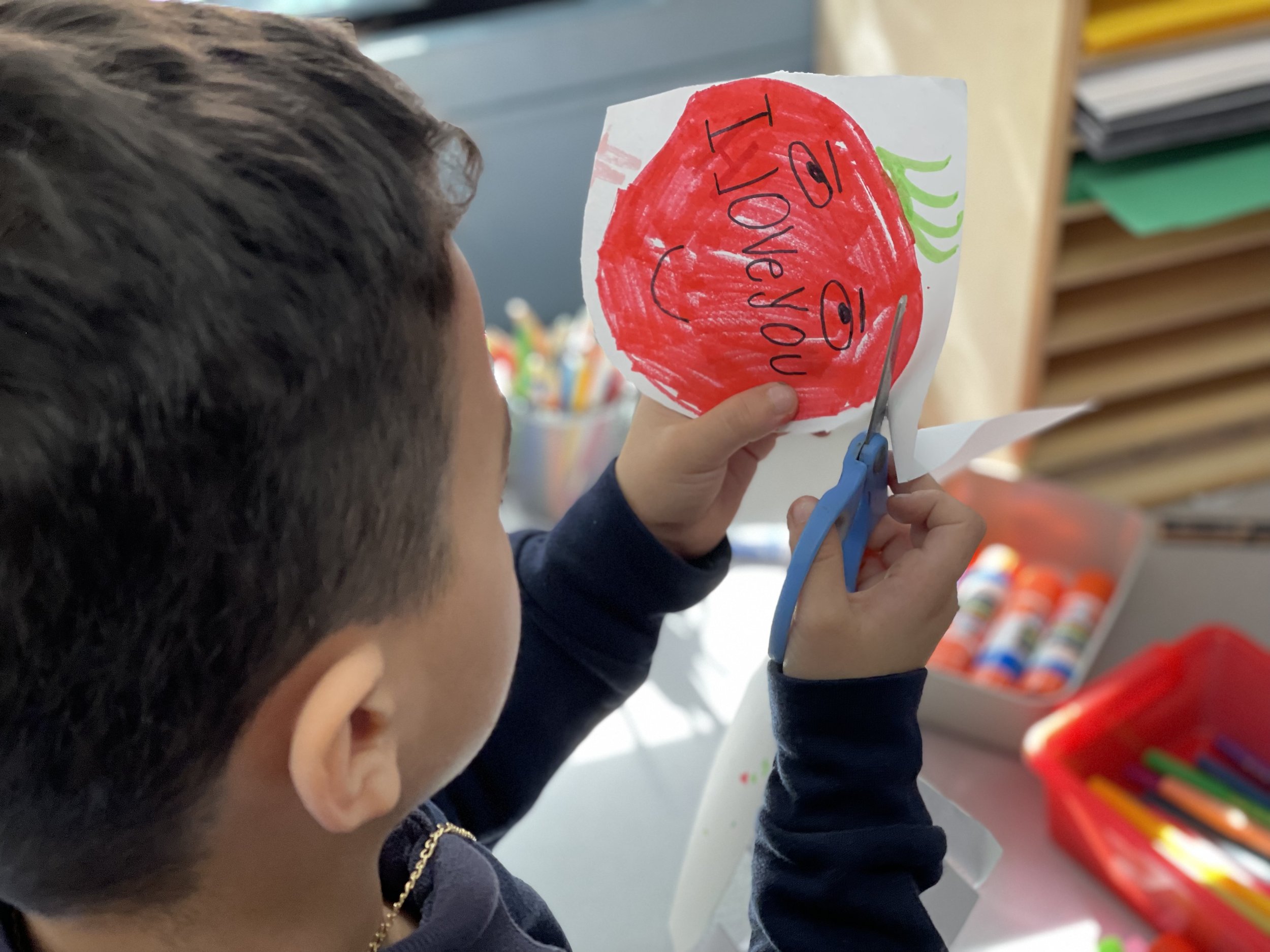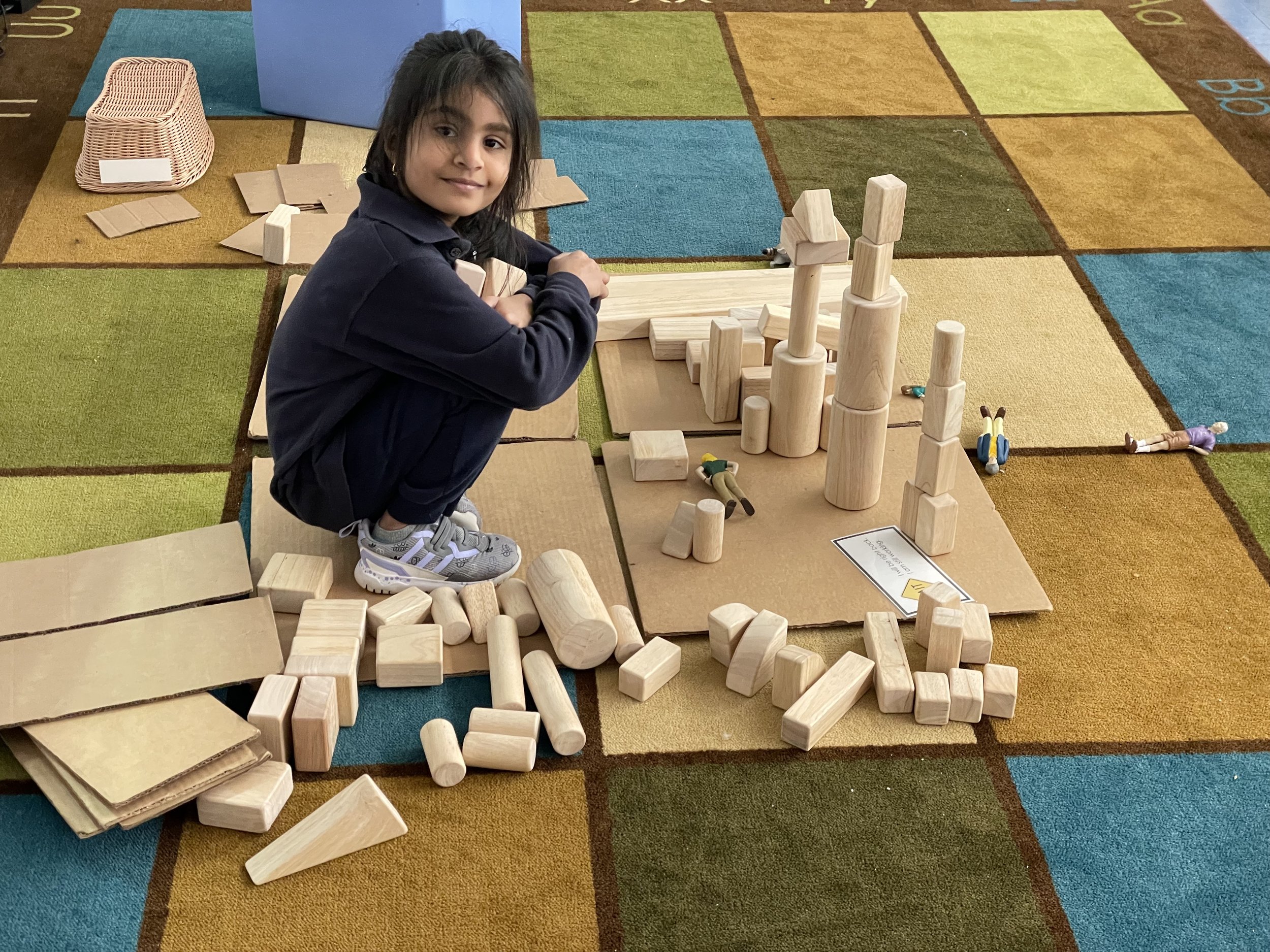Greem Mountain Valley School student athletes
My second great adventure in education, after two years of teaching 3rd/4th grade in a rural Vermont school, was to join a college buddy and two of his friends to start a ski racing academy in the Mad River Valley, Vermont. That private secondary school became the Green Mountain Valley School (GMVS).
In the third year of the school (1976), I applied for and received a grant from the State of Vermont to develop a course entitled, “Skiing, Seeing, Being.” I know: whoa?!?! It was an attempt to get at why what we were doing was not just fun, but also generative, even educational.
Green Mountain Valley School campus
The basic premise was a well established theory of education championed by John Dewey whose home is enshrined in Burlington, Vermont: that we learn through a process of having experiences and then reflecting on them, describing them, and, thereby embedding them in our memory.
So, I wondered, are we learning through skiing? I suspected two things. First of all, that you don’t learn from the experience unless you reflect on it. You’re just free range adolescent chickens, having fun no doubt, but not really getting anywhere, except slightly happier. But, secondly, I thought that if we created a practice of reflection that it could migrate into other areas, like learning how to write and read (that I was supposed to be teaching), and thereby develop a sense of self, of being.
So, it was a practice of skiing (experience), seeing (reflection, class with Ash), and being (discovered through describing and writing, integration into self).
It turned out to be a fun and productive practice. After all, the students were ski junkies and loved to talk about skiing, particularly their peak experiences. Our classroom discussions were stimulated by a simple prompt: “Tell us about what happened today on snow.” Then, at the end of class came the “assignment:”
“Ok, for tomorrow, bring in a written version of what you related today.”
Green Mountain Valley School student ski racer
Over the course of the ski racing season, each student collected their “stories.” During the last weeks of the semester they re-read their writings and discovered patterns in their experiences and reflections. The final questions were: “How do your experiences contribute to who you are becoming? What does ski racing mean to you? Can you draw connections to other parts of your life?” To enrich our discussions and perspective we read from a variety of sources. They included Naked Poetry, a marvelous anthology of modern poets, and Six Great Ideas by Mortimer Adler
I regret that I didn’t collect and keep some of their writings. Many were transformative. Just last month, over 400 GMVS alum gathered to celebrate its 50th anniversary. Three of my former students confided in me that that class had changed and directed their lives; that they had discovered a way to find meaning in their experiences; and that, as one said through tears, “I discovered the essence of joy, and, as best I can, I live it every day.”
Skiing Seeing Being.
Green Mountain Valley School ski racers






